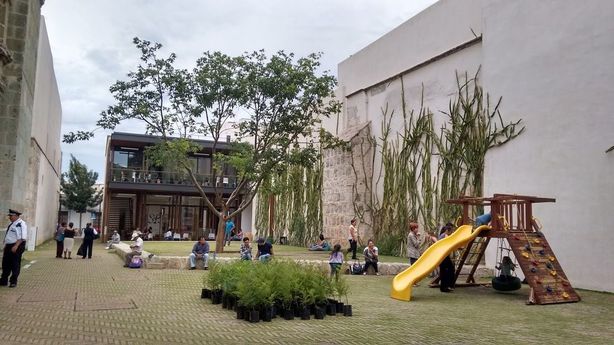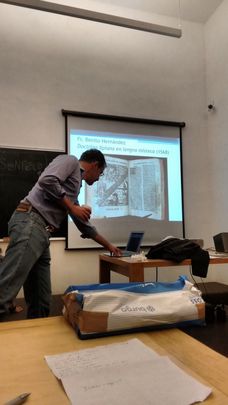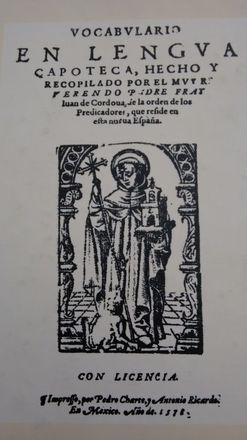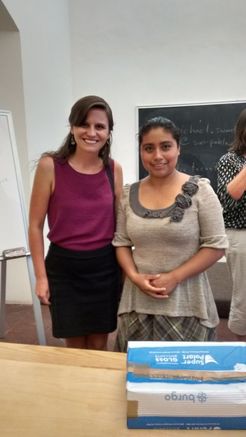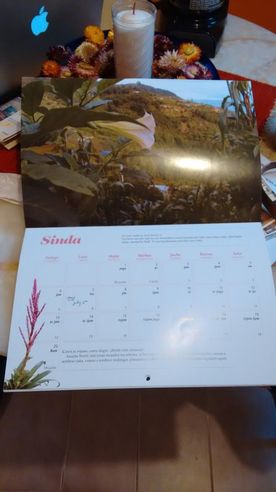- Home
- About
-
Lessons
-
Teaching with Music
>
- Song warm-up lesson plans, setup, procedure, and exams
- How to teach "Tú sí sabes quererme" by Natalia Lafourcade
- How to teach "La Carretera" by Prince Royce
- How to teach "Latinoamérica" by Calle 13
- How to teach "Prohibido Olvidar" by Rubén Blades
- How to teach "Traidora" by Gente de Zona
- How to teach "La Bicicleta" by Shakira and Carlos Vives
- How to teach "Culpa al Corazón" by Prince Royce
- How to teach "Déjà Vu" by Prince Royce and Shakira
- How to teach "Amor de Mis Amores" by Natalia LaFourcade
- How to teach "Despacito" by Luis Fonsi and Daddy Yankee
- Teaching with TPRS >
- Teaching with Tech >
- Teaching with Film >
- Teaching Social Justice >
-
Teaching with Music
>
-
Service Learning
-
Travel
- Resources
- Tutoring
- Blog
- Contact
Oaxaca: Mazatec and the language of whistling
Our first day in the National Endowment of the Humanities (NEH) Summer Institute has been an inspiring experience. After our opening reception last night hosted by Stephanie Wood, professor at the University of Oregon, I had a chance to meet all 28 of the teachers in the program, and each of the professors that will be hosting us here in Oaxaca for the month of July.
|
Our classroom is a beautiful library that doubles as a museum and a meeting place for scholarly groups. Our lecture for the evening was hosted by linguist Michael Swanton (pictured below), who specializes in studying the many indigenous languages of Oaxaca.
As explained to us by Michael Swanton, there are more than 6,000 languages that exist throughout the world, and 365 of those languages are spoken in Oaxaca. At the date of Mexican Independence in 1821, 70% of Mexico's population spoke an indigenous language fluently. Today, only 7% of Mexico's population speaks an indigenous language. But in Oaxaca, 33% of the population speaks an indigenous language, and indigenous culture is alive and well throughout Oaxaca.
|
|
The second part of our lecture was given in Spanish and Mazatec, by Gabriela García García (pictured below) of Oaxaca City. A librarian and historian in the library where we are studying, Gabriela was an inspiring and engaging speaker. Gabriela explained to us the method of whistling, or Chifla, which is used throughout the Mazatec language daily. She explained that you can hold an entire conversation through whistling, as Mazatec is a tonal language, and therefore can be replicated through whistling. Commonly, men are the whistlers in society, but as Gabriela grew up with older brothers, she was a bit of a "tomboy" and knew how to whistle!
|
|
The language of Mazatec "chifla" or whistling is different in every family, but there are regional whistles that are globally recognized and used in everyday conversation. Gabriela also explained that through whistling basketball players are able to call each other to gather for games, and speak through whistling during games instead of giving spoken commands. An impressive benefit and daunting threat to any opposing teams!
I was also able to purchase a Mazatec calendar, with photos and original poetry in Mazatec, which was translated into Spanish, and written by Gabriela. She also taught me how to say "hola" in Mazatec:"nadalí". (Pronounced like "Salvador DALÍ").
What an inspiring first day of Institute!
|
|
This website is a participant in the Amazon Services LLC Associates Program, an affiliate advertising program designed to provide a means for us to earn fees by linking to Amazon.com and affiliated sites.
|
- Home
- About
-
Lessons
-
Teaching with Music
>
- Song warm-up lesson plans, setup, procedure, and exams
- How to teach "Tú sí sabes quererme" by Natalia Lafourcade
- How to teach "La Carretera" by Prince Royce
- How to teach "Latinoamérica" by Calle 13
- How to teach "Prohibido Olvidar" by Rubén Blades
- How to teach "Traidora" by Gente de Zona
- How to teach "La Bicicleta" by Shakira and Carlos Vives
- How to teach "Culpa al Corazón" by Prince Royce
- How to teach "Déjà Vu" by Prince Royce and Shakira
- How to teach "Amor de Mis Amores" by Natalia LaFourcade
- How to teach "Despacito" by Luis Fonsi and Daddy Yankee
- Teaching with TPRS >
- Teaching with Tech >
- Teaching with Film >
- Teaching Social Justice >
-
Teaching with Music
>
-
Service Learning
-
Travel
- Resources
- Tutoring
- Blog
- Contact
